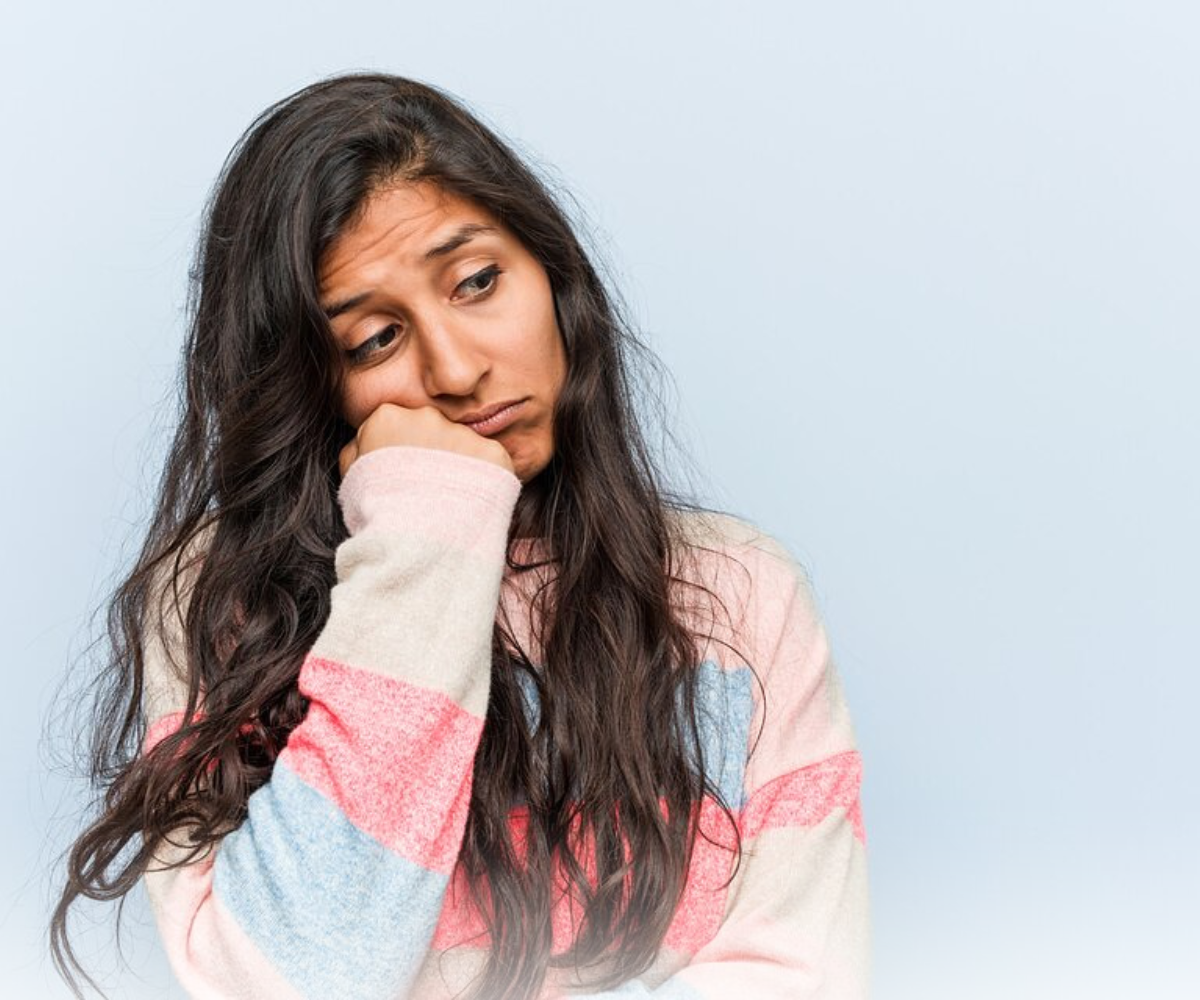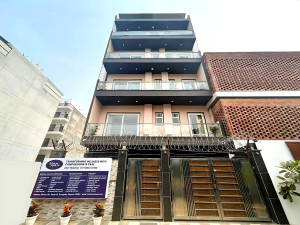Depression is a multifaceted mental health issue that transcends geographical and cultural boundaries. In India, a country characterized by its rich tapestry of cultural diversity, the interplay of caste and social status significantly influences mental health outcomes, particularly among adolescents. This essay explores how caste and social status contribute to depression among Indian adolescents, focusing on the socio-economic, cultural, and psychological dimensions of these influences.
Understanding Depression
Depression is a common mental health disorder that manifests through persistent sadness, loss of interest in activities, and a range of emotional and physical problems (American Psychiatric Association, 2013). Among adolescents, depression can lead to severe consequences, including poor academic performance, social withdrawal, and even suicidal ideation (Patton et al., 2016). The World Health Organization (WHO) estimates that around 10-20% of adolescents worldwide experience mental health disorders, with depression being a leading cause of disability (WHO, 2017).
The Indian Context
India’s complex socio-cultural fabric is shaped significantly by the caste system-a hierarchical social structure that categorizes individuals based on their birth and occupational roles. This system has persisted for centuries and continues to influence various aspects of life, including education, employment, and social interactions (Deshpande, 2019). Caste not only defines social status but also affects access to resources and opportunities, making it a crucial factor in understanding mental health issues like depression.
Caste System and Its Implications
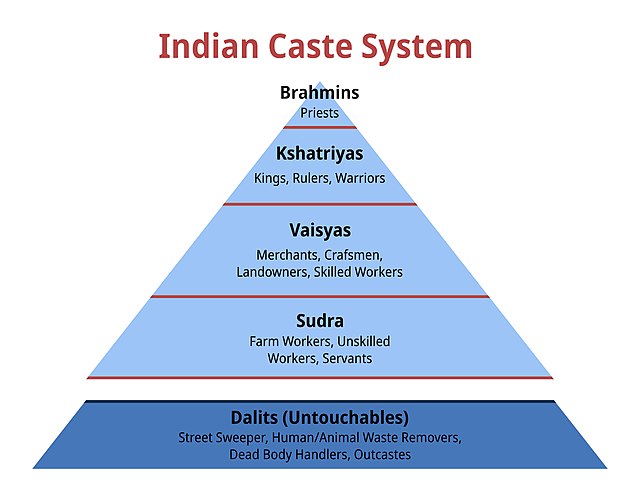
Historical Perspective
The caste system, traditionally divided into four main categories—Brahmins, Kshatriyas, Vaishyas, and Shudras—has evolved over time, giving rise to numerous sub-castes (Jati) (Ghurye, 1969). While the Constitution of India abolished untouchability and promised equality for all citizens, the remnants of caste-based discrimination persist, particularly in rural areas where societal norms remain deeply entrenched (Beteille, 2002).
Caste and Social Status
Social status, intricately linked to caste, profoundly influences an individual’s self-worth and mental well-being. Adolescents belonging to lower castes or marginalized communities often face systemic discrimination and socio-economic disadvantages. Such experiences can lead to feelings of helplessness and hopelessness, critical precursors to depression (Bose, 2017). Studies indicate that the internalization of societal stigma can further exacerbate these feelings, trapping individuals in a cycle of despair (Reddy et al., 2020).
The Psychological Impact of Caste and Social Status
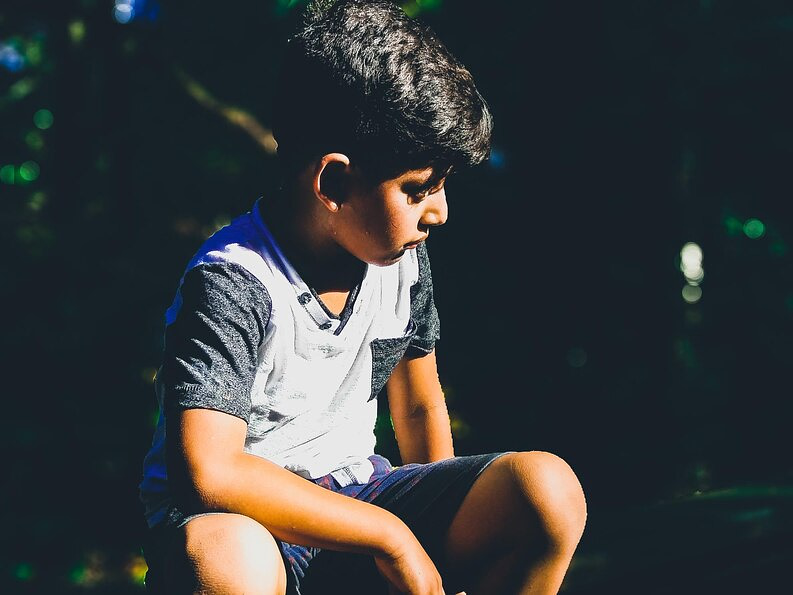
Internalized Stigma
The psychological impact of caste discrimination can manifest as internalized stigma, where individuals begin to accept the negative perceptions associated with their caste. This acceptance can lead to a diminished sense of self-worth and increased vulnerability to mental health issues. Research has shown that adolescents from marginalized communities often report higher levels of depression and anxiety compared to their higher-caste counterparts (Kumar et al., 2018).
Family Dynamics
Family plays a crucial role in shaping the mental health of adolescents. In caste-affected families, the stress of socio-economic challenges often permeates family dynamics, resulting in conflict, poor communication, and emotional neglect (Mahajan, 2020). Parents from lower socio-economic backgrounds may prioritize survival over emotional support, leaving adolescents feeling isolated and unsupported in their struggles with mental health.
Peer Relationships
Peer acceptance is vital during adolescence. Those belonging to lower castes often encounter bullying, exclusion, and social ostracism, which can further contribute to feelings of isolation and depression (Narasimhan, 2021). The need for belongingness can intensify the psychological toll of caste discrimination, as adolescents grapple with their identity and self-esteem.
Socio-Economic Factors
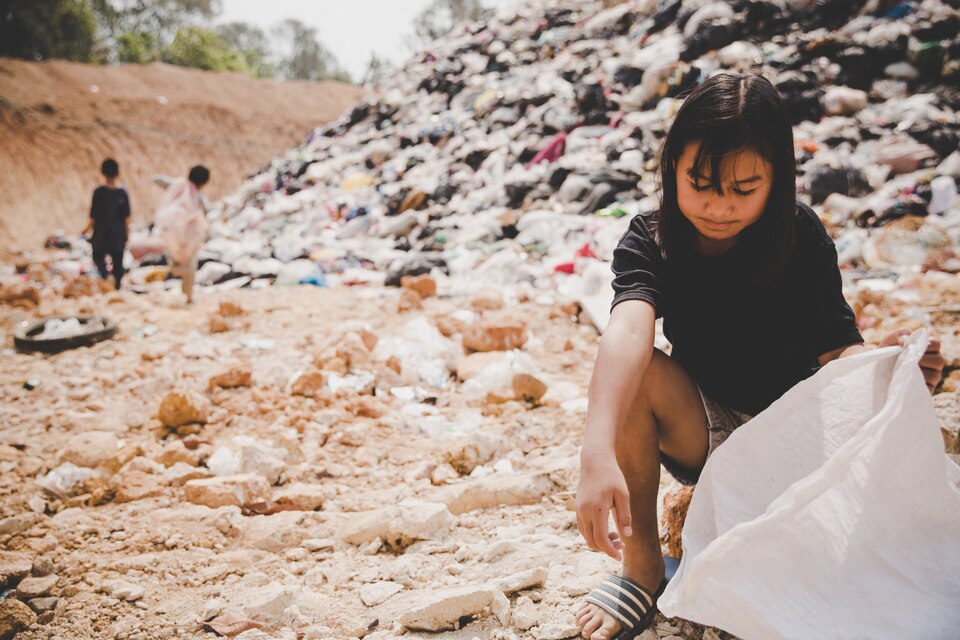
Access to Education and Employment
Education is a critical determinant of social mobility and mental health. Unfortunately, caste-based disparities persist in educational access, with lower-caste students facing systemic barriers to quality education (Kumar, 2018). These barriers can limit future employment opportunities, perpetuating a cycle of poverty and mental distress.
Economic Stressors
Economic hardship is a significant stressor for many families, particularly those from lower castes. Financial instability can lead to chronic stress, which has been linked to increased rates of depression (Rani et al., 2019). Adolescents growing up in financially insecure environments may feel pressured to contribute to household income, further straining their mental health as they juggle academic and economic responsibilities.
Cultural Narratives and Depression

Cultural Attitudes Towards Mental Health
Cultural beliefs surrounding mental health significantly impact help-seeking behavior. In many Indian communities, mental health issues are often stigmatized, viewed as a sign of personal weakness or familial shame (Srinivasan et al., 2020). This stigma can deter adolescents from seeking help, exacerbating their mental health struggles.
Resilience and Coping Mechanisms
Despite the challenges posed by caste and social status, many adolescents exhibit remarkable resilience. Cultural narratives around strength and endurance can empower individuals to cope with adversity (Reddy, 2021). Community support systems, including peer networks and local organizations, can play a vital role in providing emotional support and resources for those struggling with depression.
Policy Implications and Recommendations

Addressing Caste-Based Discrimination
To mitigate the mental health impacts of caste and social status, it is crucial to address systemic discrimination. Policies aimed at promoting inclusivity in education and employment can help reduce disparities and improve mental health outcomes. Implementing awareness programs that educate communities about the psychological effects of discrimination is essential for fostering empathy and understanding.

